Discover Hachinohe Market in Japan, a lively hub for locals and tourists to find fresh seafood, produce, and traditional goods. Experience its vibrant atmosphere!
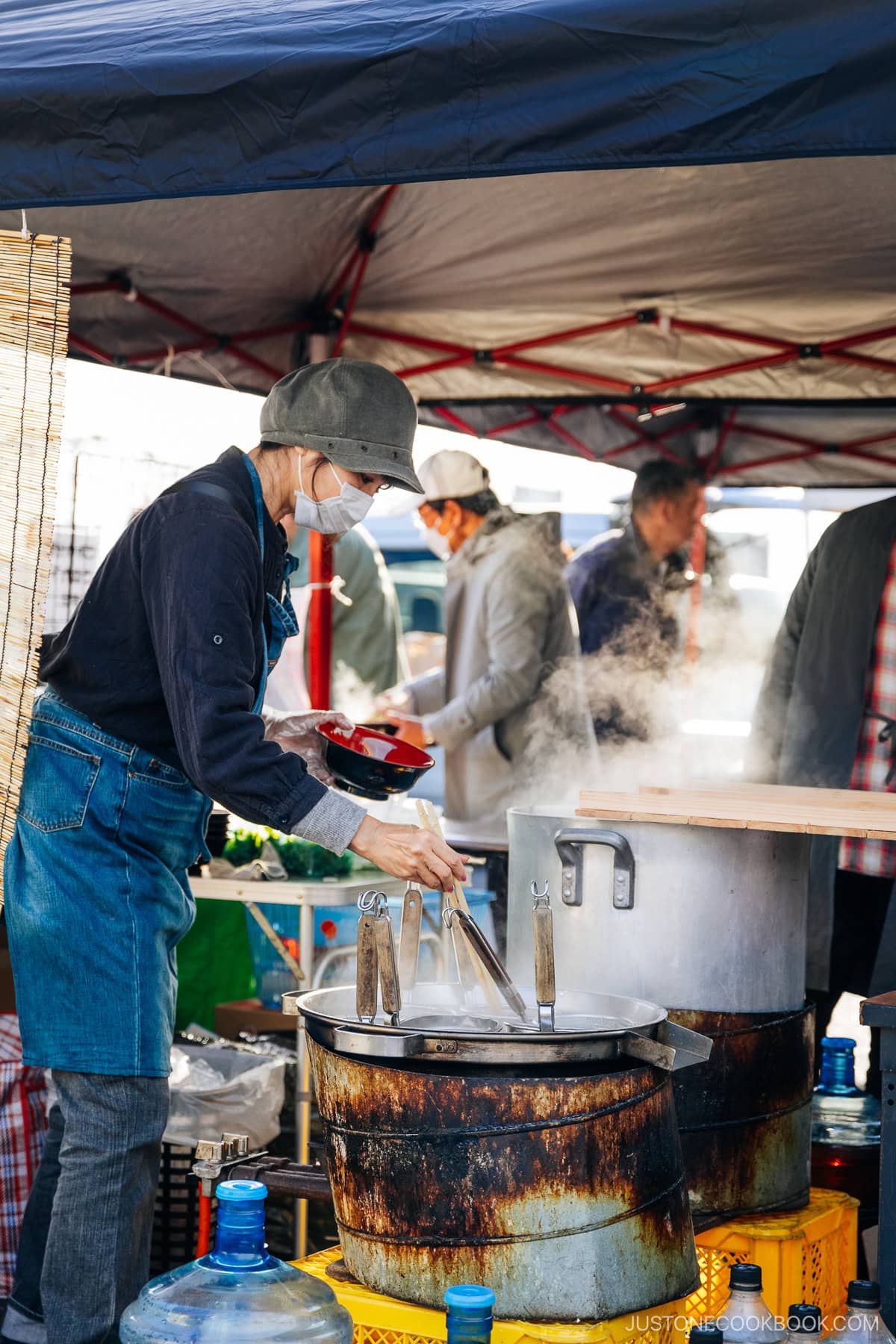
The thriving Hachinohe area comprises seven towns and villages in southeast Aomori Prefecture. Home to bountiful nature, stunning coastline scenery, and delicious local foods, Hachinhoe is a must-visit when in northern Japan.
The area’s central hub and economy is the commercial fishing at Hachinohe port, which has one of the country’s largest volumes of landed fish. The port also holds the country’s largest morning market, with over 300 vendors offering a dazzling array of delectable treats, from fresh seafood to prestigious chicken wings.
You can find classic Japanese foods and a variety of Hachinohe region specialties. If you’re a food lover, this incredible morning market is a must-visit, and to help you whet your appetite, we’ll show you some of the best eats!
What is the Tatehana Wharf Morning Market?
The morning market is at Tatehana Wharf every Sunday between mid-March and late December. Around 300 stalls set up shop from daybreak until around 9 a.m. However, stalls can quickly sell out of food, so it’s best to get there early. Most stalls sell freshly cooked food, but many others sell fresh fish, vegetables, and fruits, all for a very reasonable price. Aside from food, there are performances from idol groups and local personalities, making it an eventful way to spend your morning.




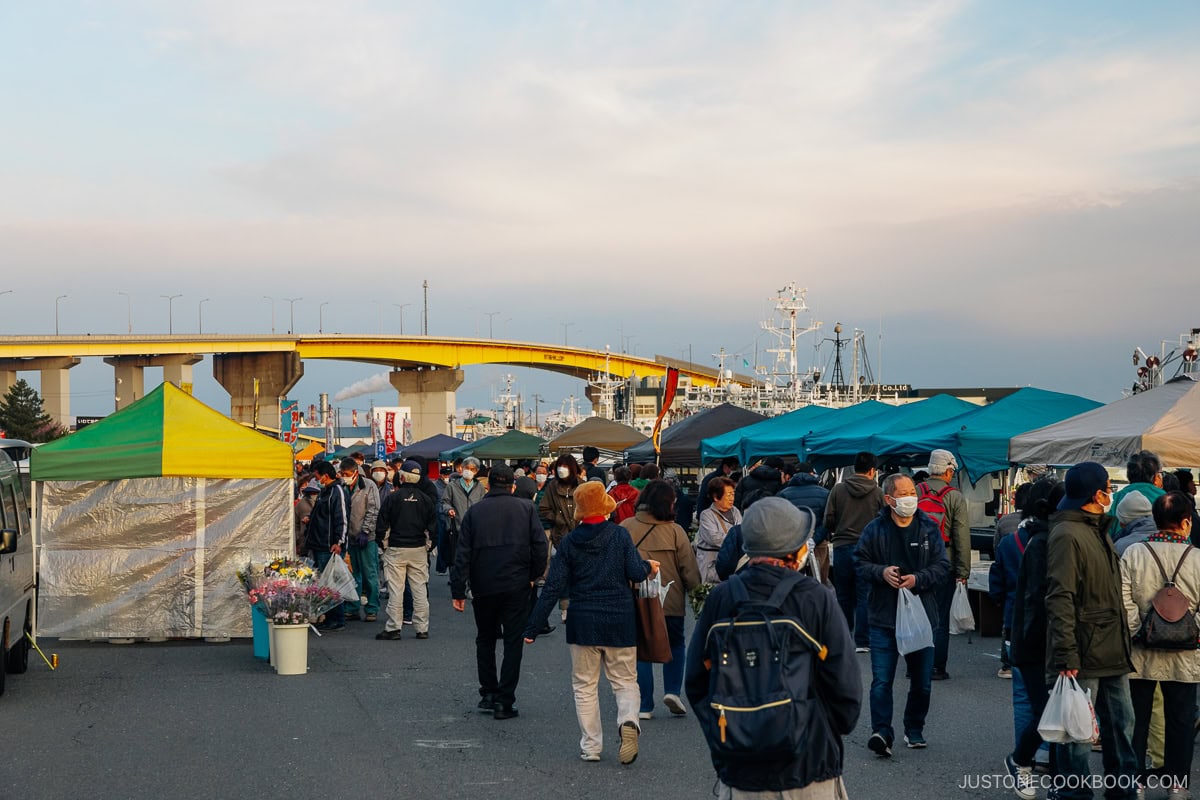

I highly recommend winter gear if you travel in March and April or onwards from October. Even during May, it was pretty chilly in the morning! The market will still be running despite poor weather conditions. However, there will be fewer stores, and they may close earlier than usual.
How to Get to Hachinohe
If you are traveling from Tokyo, Hachinohe can easily be accessed by Shinkansen. From Tokyo Station, take the JR East Japan Railway Tohoku Shinkansen Hayabusa all the way to JR Hachinohe Station. It will take under three hours and cost 15,540 yen, one-way, per person (in 2024).
If the Shinkansen is not an option, you can also fly to Sendai Airport and then take the same Shinkansen to JR Hachinohe Station. This takes approximately one hour and 15 minutes and costs 8,700 yen one way per person.
It’s a bit far from most touristy places, so I recommend taking a side trip to the morning market when you’re in Aomori for cherry blossom.
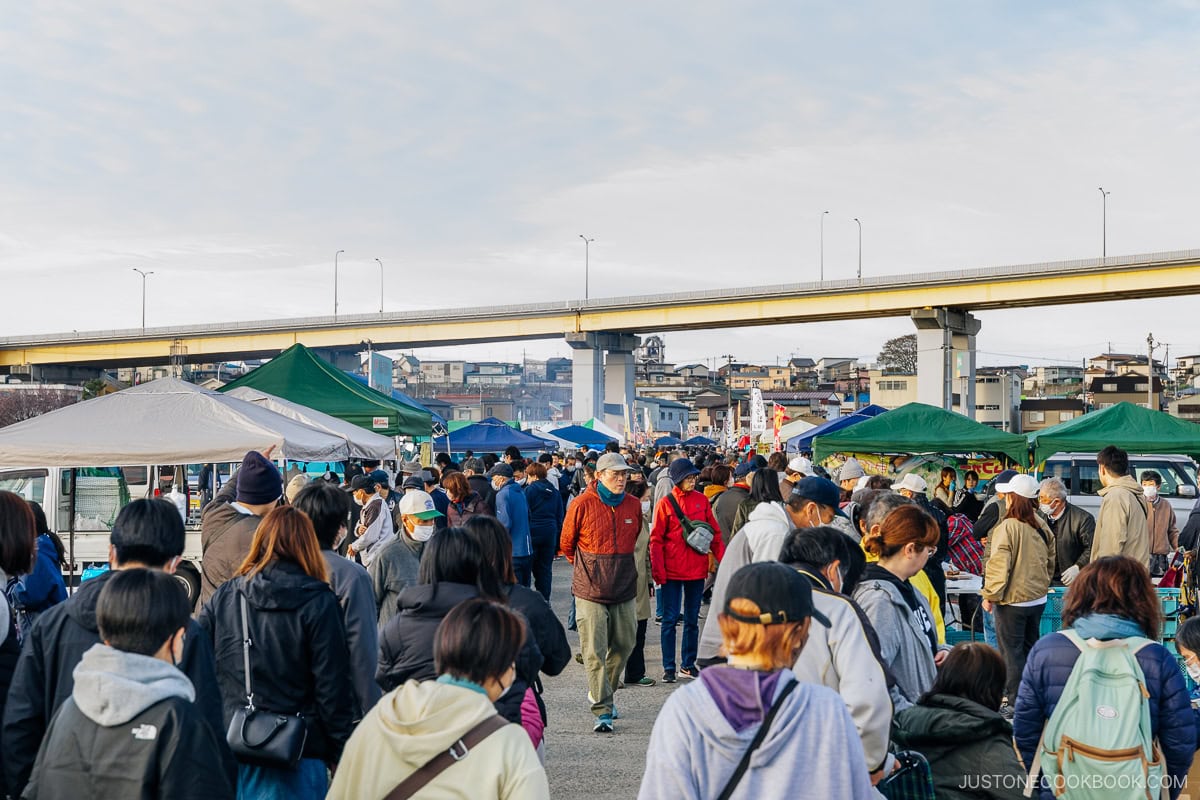

There are a couple of options to get to the morning market from Hachinohe Station.
1. By train, take the JR Hachinohe Line to Mutsu-minato Station, which takes 15 minutes and costs 210 yen one way. From the station, it’s approximately a 10-minute walk to the market.
2. If you are driving (my recommendation, especially if you are exploring Tohoku), you can park directly at the market for free. However, it can quickly get busy, so you may have to wait unless you visit very early in the morning.
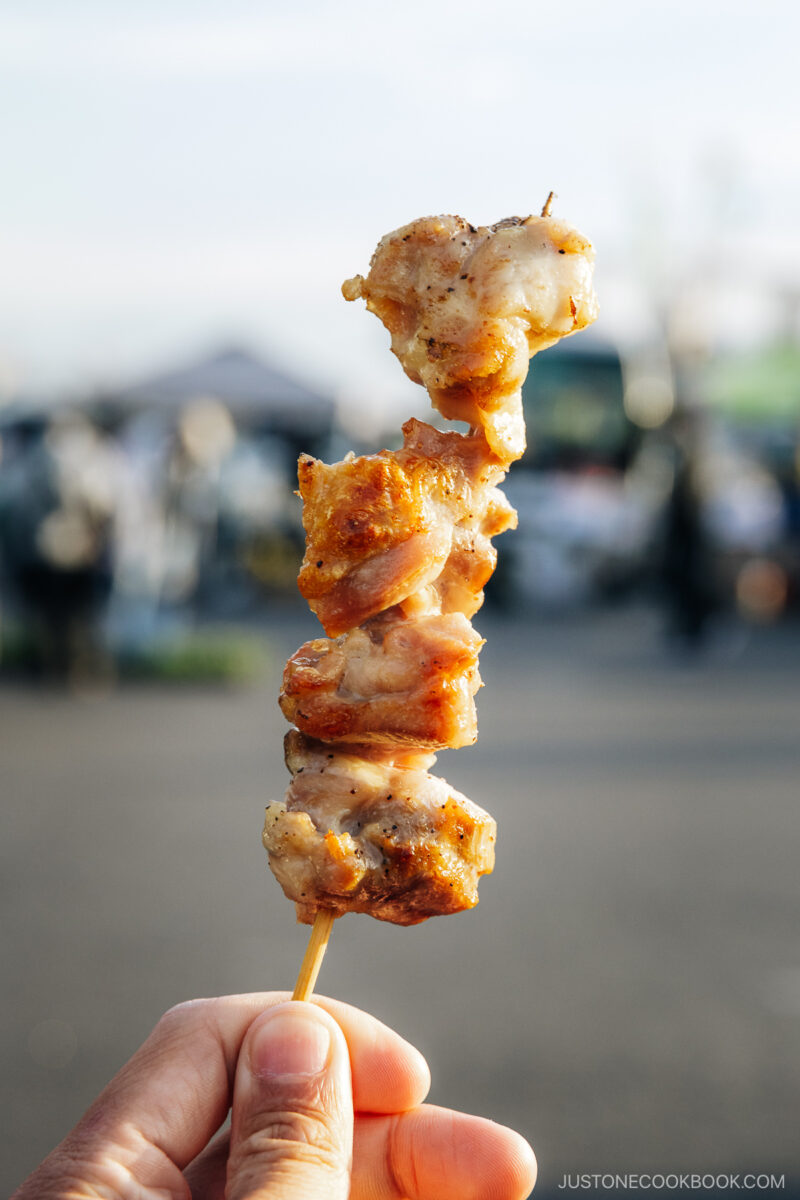

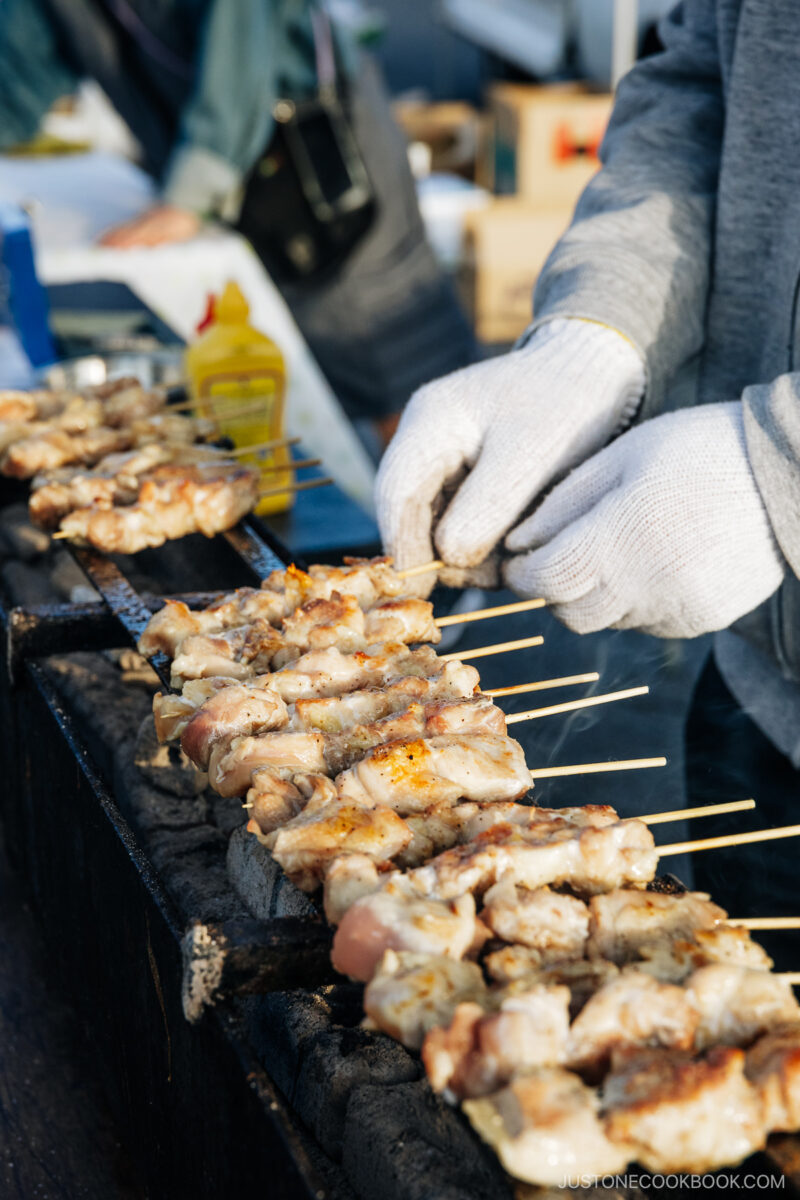

3. Another convenient option is the ISABA Sunday Morning Market Loop Buswhich connects the morning market to downtown Hachinohe. This service, available four times every Sunday morning, offers a convenient and affordable way to reach the market for just 100 yen. However, be prepared for potential crowding during peak times.
What to Do at Tatehana Wharf Morning Market?
You might think 4 a.m. is way too early to get up, let alone eat all of this food. That’s what I first thought anyway, but an adrenaline rush kicked in upon arriving at the market. The sights, the smells, the sounds—it was a sensory overload. Yakitori on the left. Freshly shucked oysters on the right. You immediately forget your tiredness and decide what dish will start your morning feast.
Senbei Jiru
And what better way to start than with a Hachinohe classic? Senbei Jiru is a soup made from various vegetables and Nanbu senbei (wheat-flour crackers made from flour and salt). It is said that the senbei were originally served independently, but locals started to dip them into their soup as they ate.
The dashi broth is seasoned with soy sauce and typically accompanied by mackerel or chicken protein and vegetables such as shiitake mushrooms, carrots, and searched for (Napa cabbage). The crackers are snapped into pieces and placed inside, soaking up all the flavors of the broth and becoming soft and pleasant to eat.
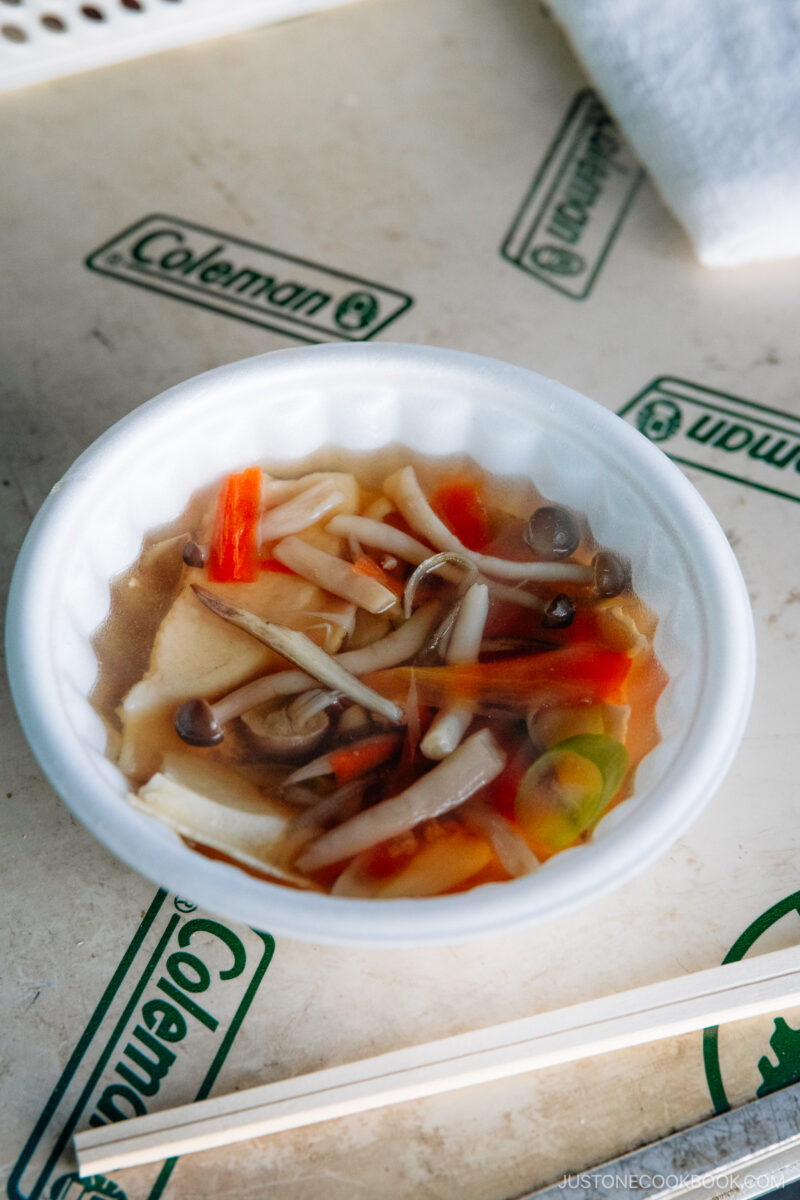

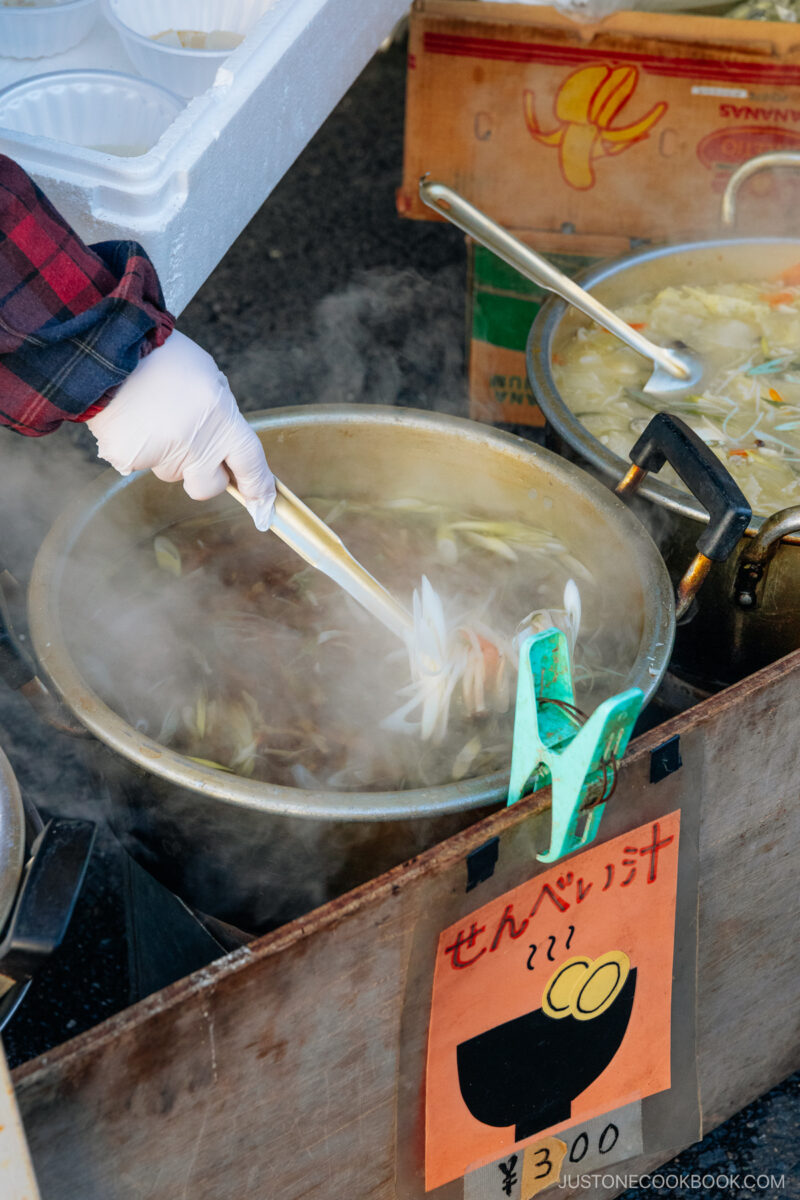

This hearty dish is a comfort food for Hachinohe locals, and you can immediately feel its warmth, especially in the cold hours of the morning.
After tucking into senbei jiru, the world, or should I say market, is your oyster. Speaking of which, there is no better place to enjoy fresh oysters than right next to the sea. Look out for this oyster stall that sells steamed oysters, which you can buy individually or as a set of 4. I thought one would be enough, but I had to return and get a couple more because they were just that delicious.
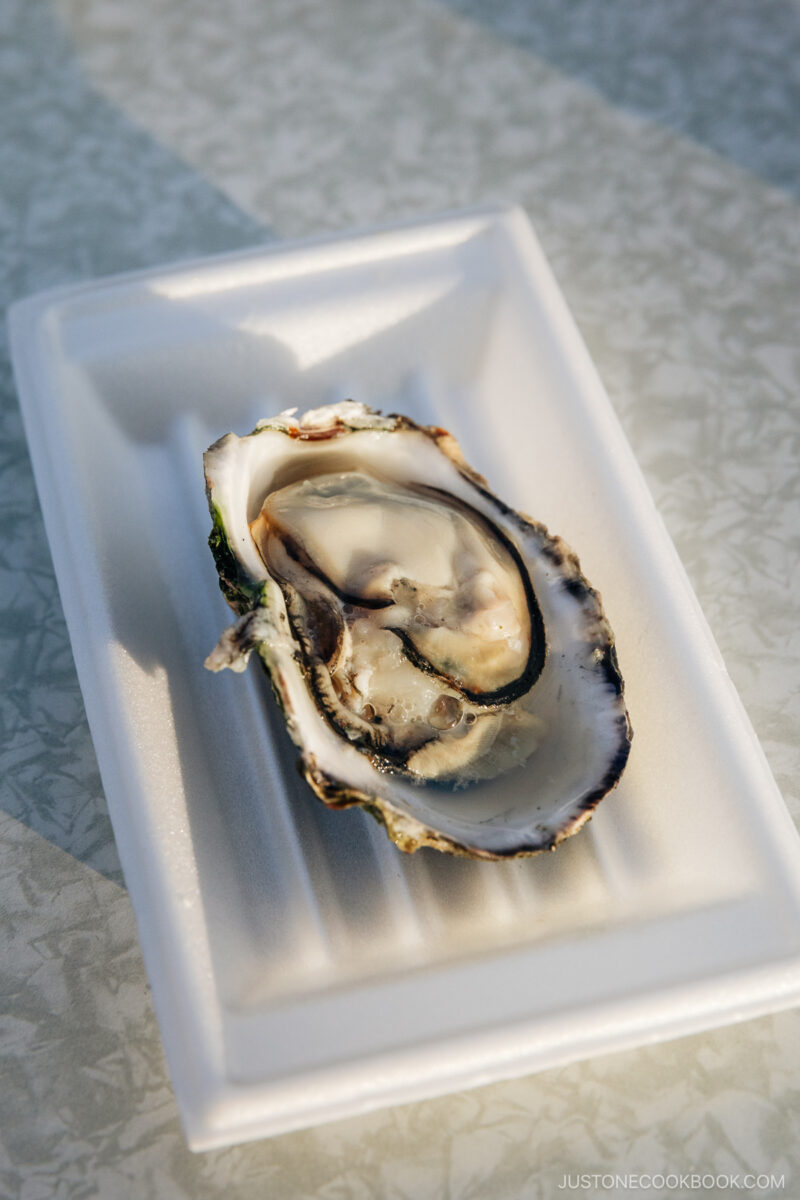

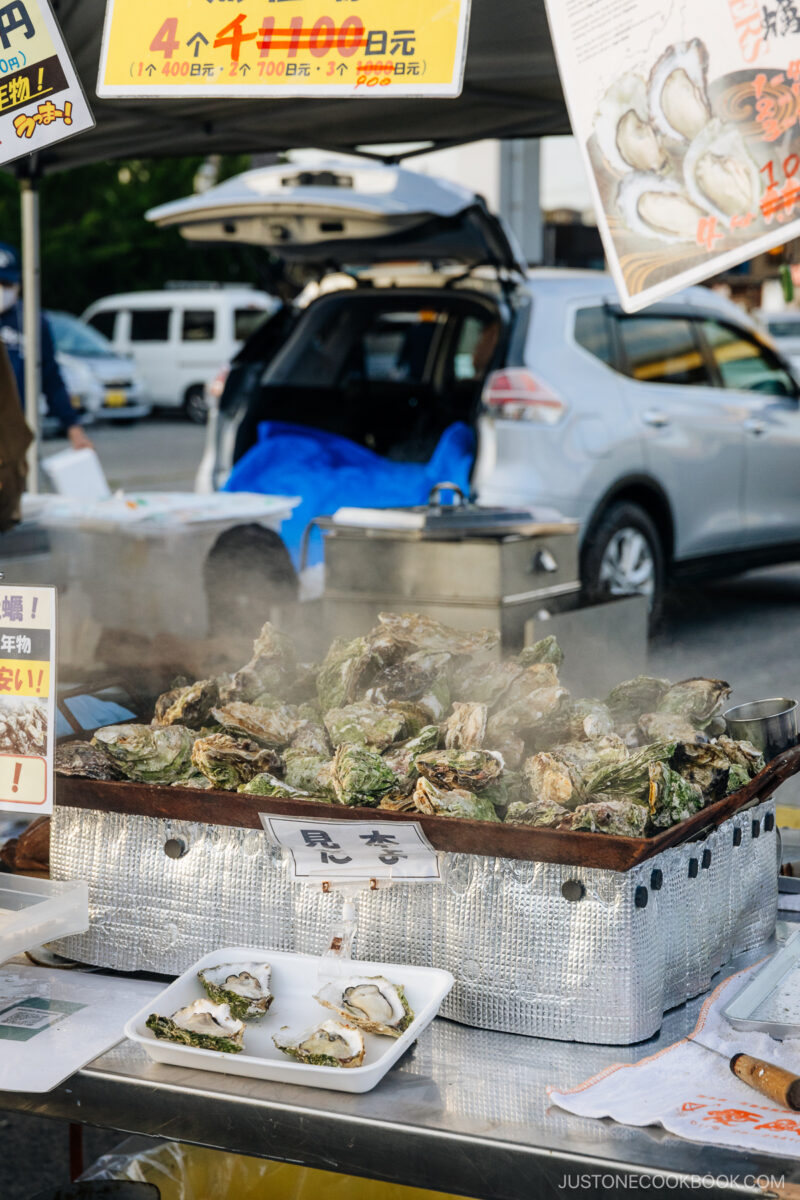

Take your time wandering around the market and appreciate the sheer amount of effort, skill, and togetherness it takes to create such an event. You can find anything you could ever want and more. The choices are endless, from bread and coffee to ramen and sea urchin.
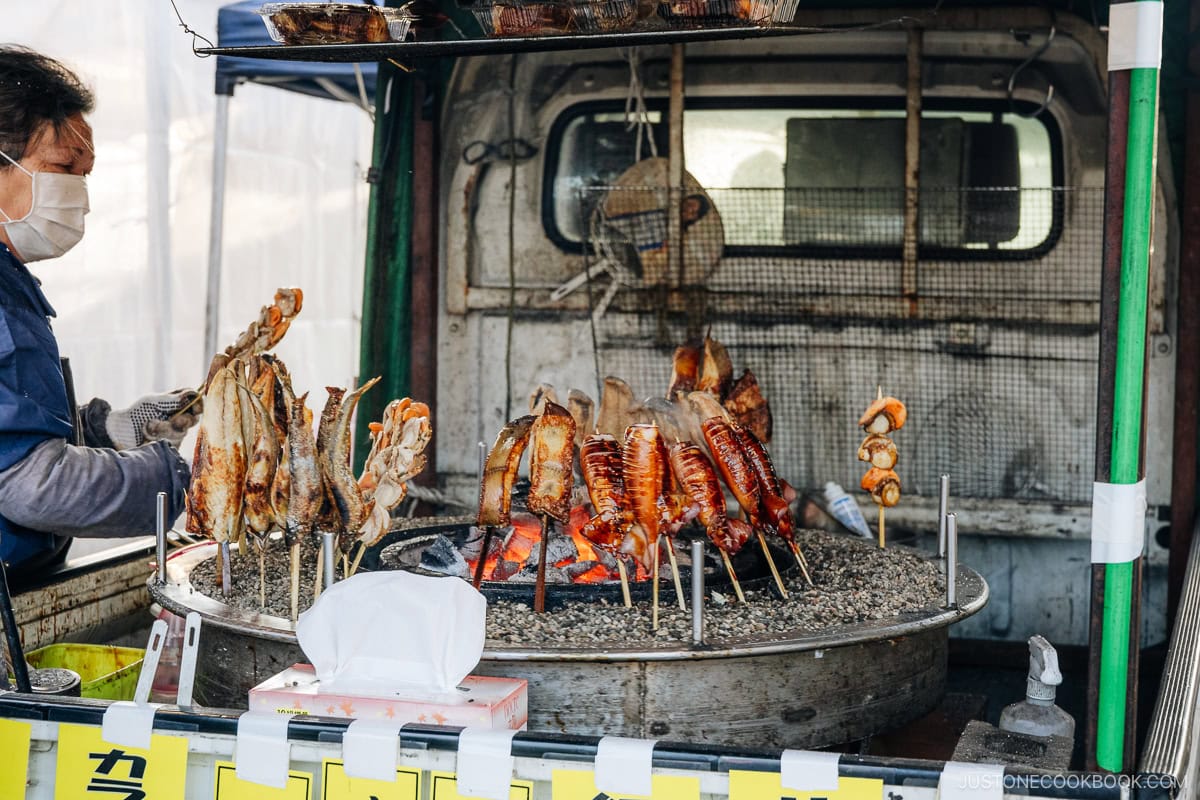

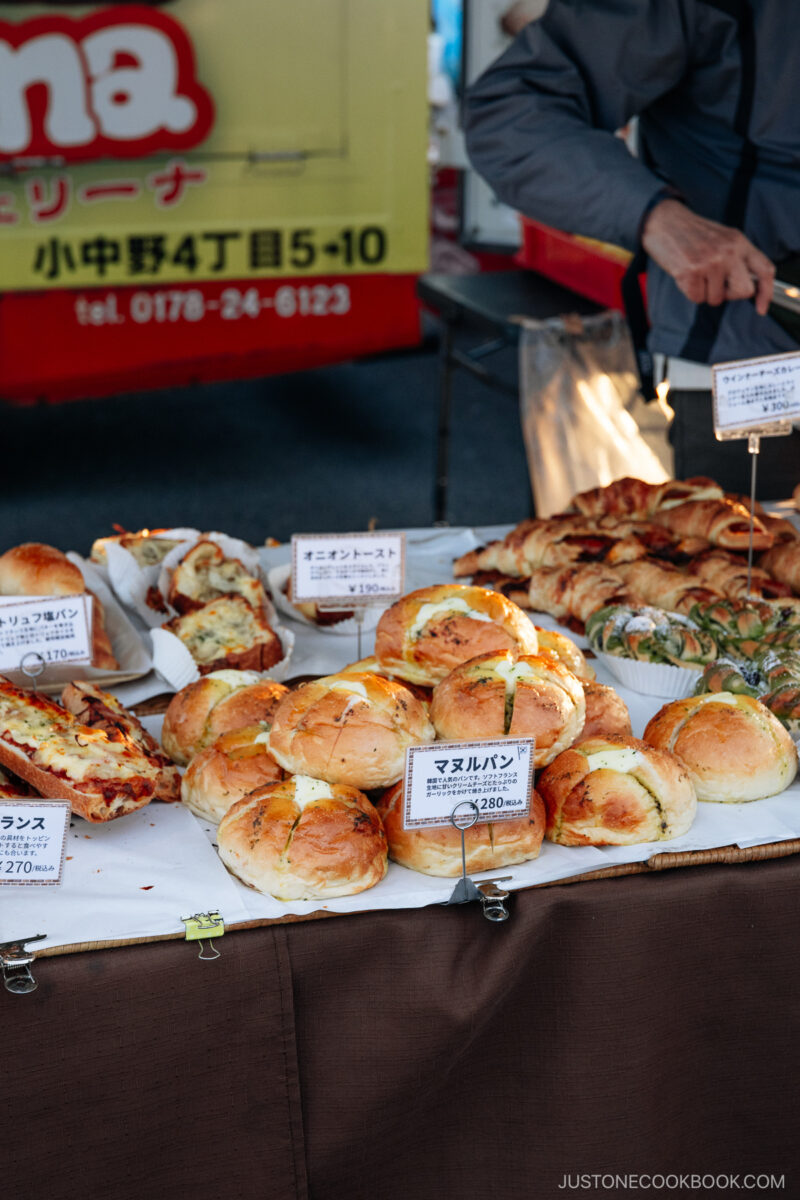

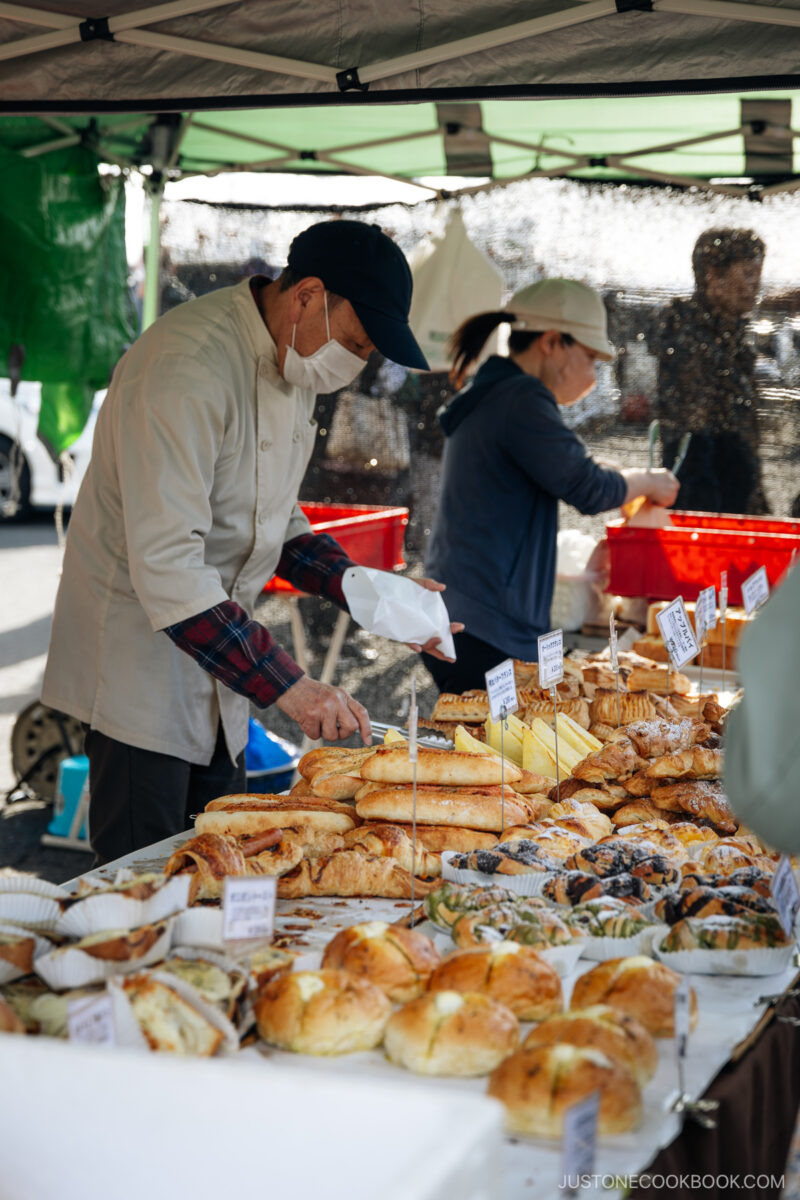

Chinese Dumplings (Sheng Jian Bao)
Two spots caught my eye, mainly because of the queues that stretched around the corner. First was the Chinese Sheng Jian Bao (pan-fried pork dumplings). Okay, it’s not your typical Japanese food, but these balls of deliciousness are seriously worth the wait. While lining up, you can watch the staff masterfully dance around and fry ten huge hot plates full of the popular dumplings.
Inside is a garlic and pork mix that is so succulent and delicious that you won’t be able to stop. The only problem with these dumplings is that they are hot. I mean really hot. Make sure to poke a small hole so all the juices and meat inside can cool down!
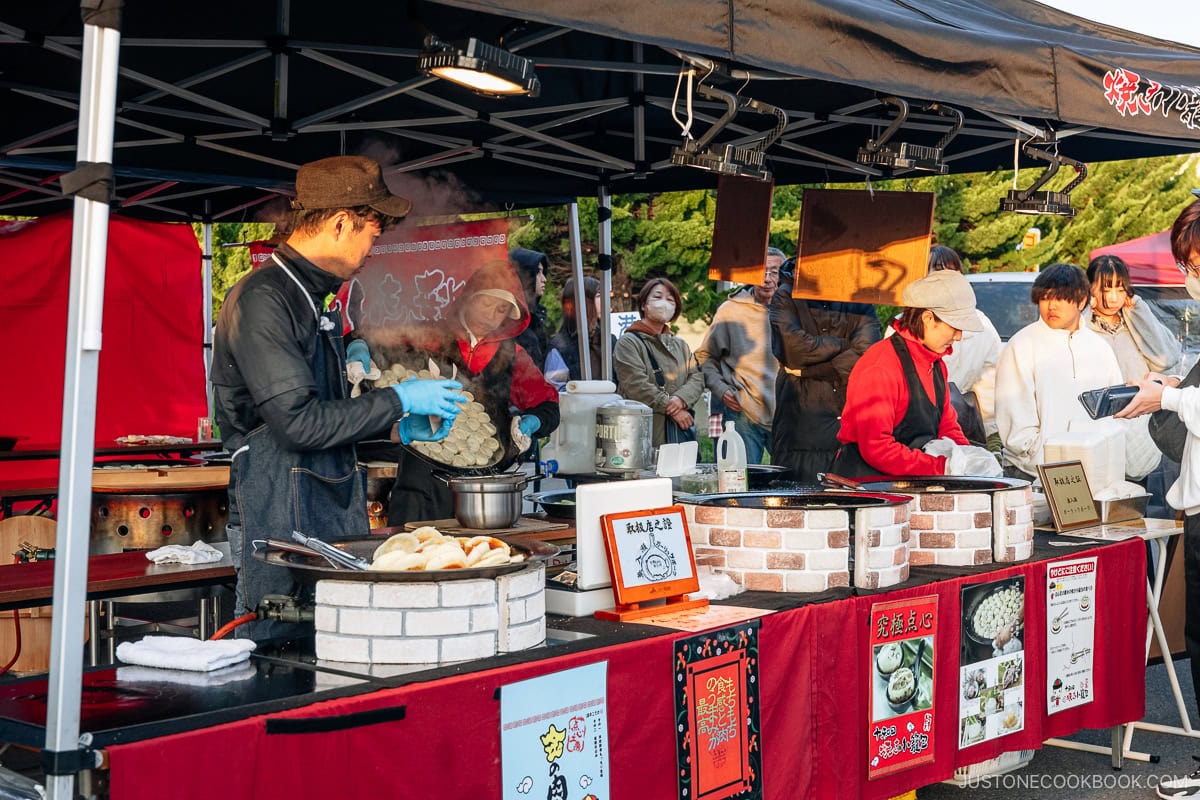

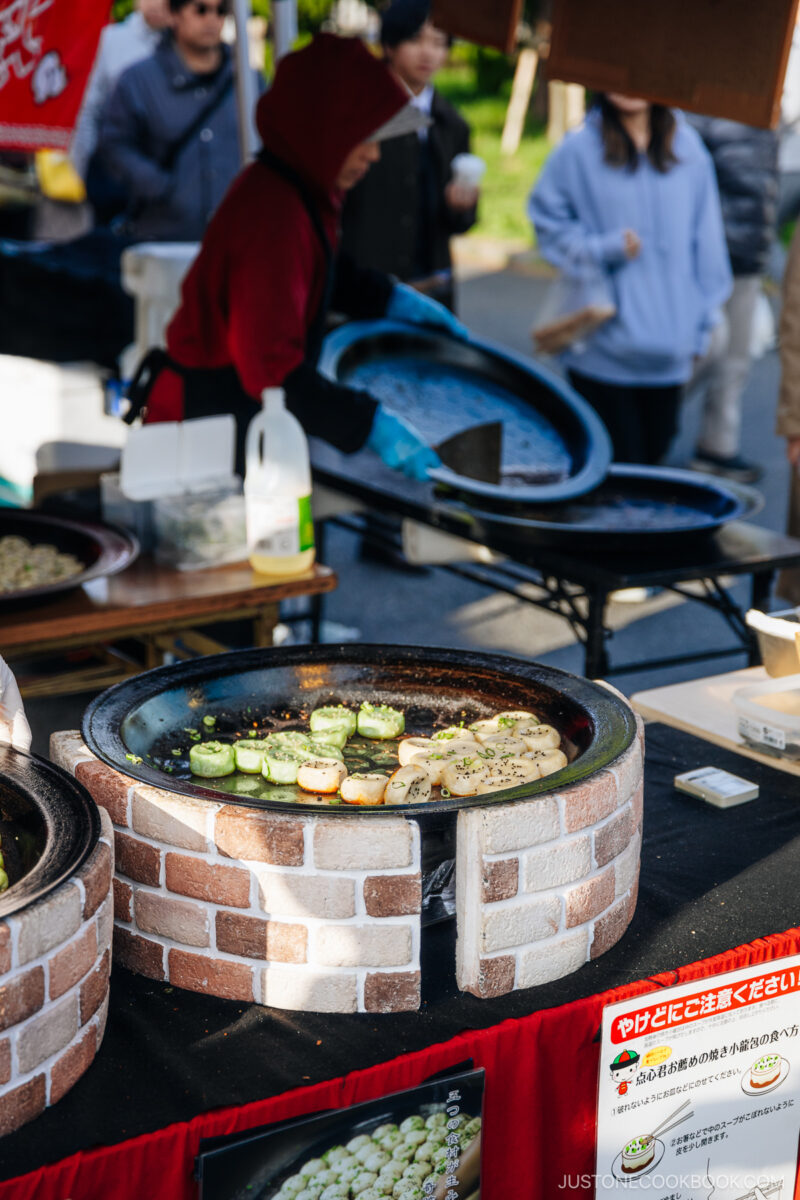

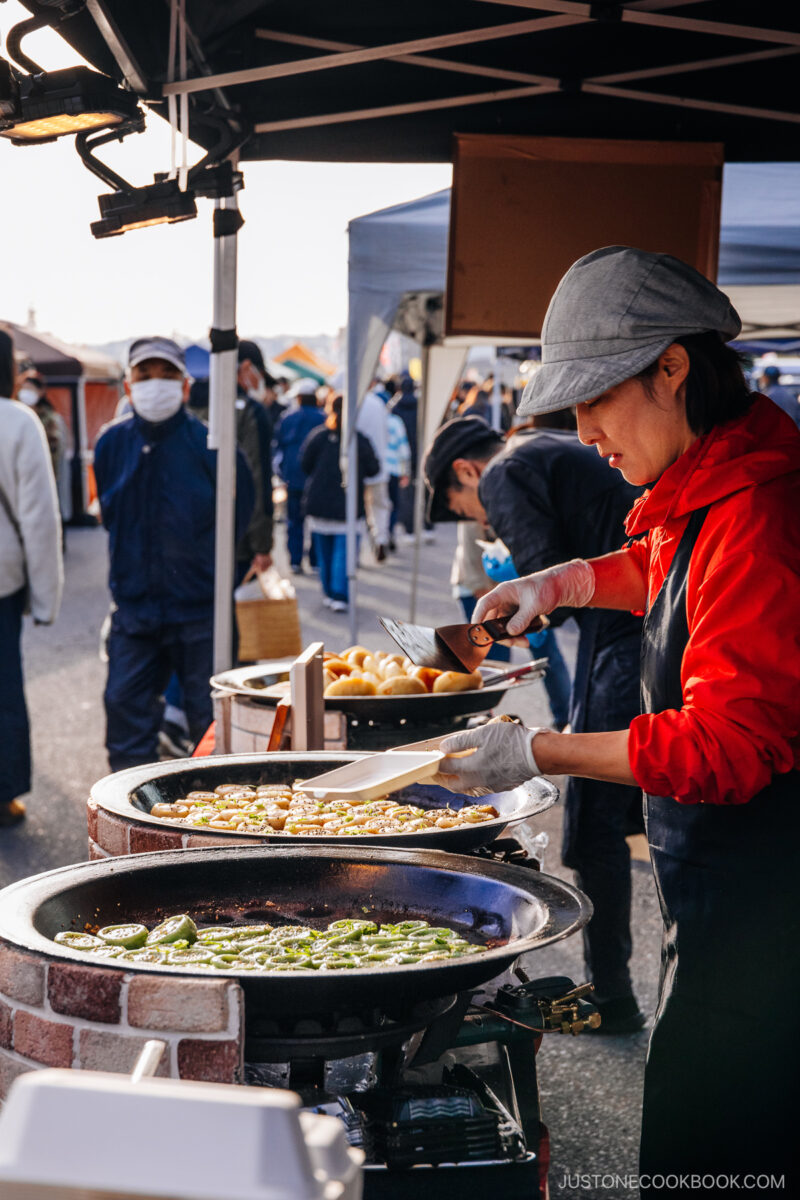

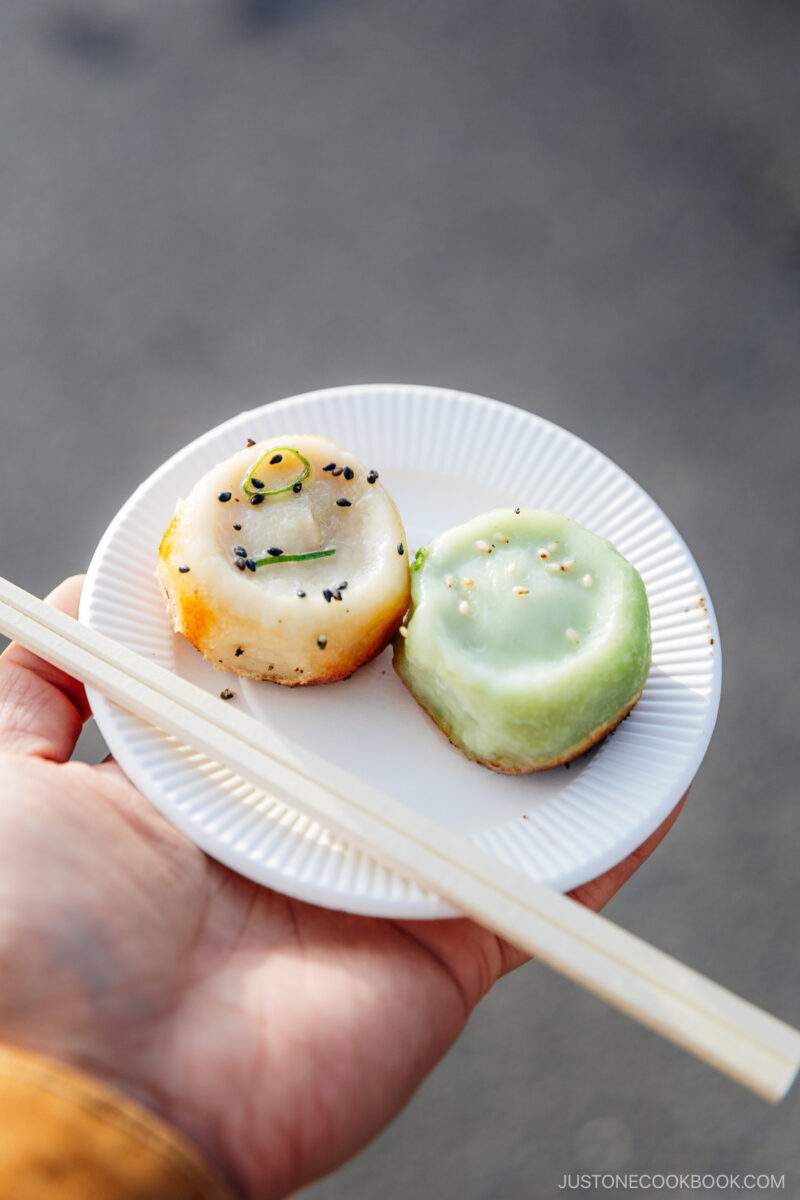

Fried Chicken Wings
The next spot was this deep-fried stall, which served mountains of fried chicken wings and other classic fried foods, such as ebi fry and croquette. After researching, it’s said that salted chicken wings are one of the market’s specialties. So it’s no wonder people ordered 10+ wings to take and enjoy at home!
I was getting quite full, so I picked up just one (and maybe a couple more for the road) to enjoy straight away. Within the first bite, I could see why they were so popular—the perfect amount of salt, with a crunchy exterior and irresistibly juicy on the inside. I would go back just for these wings.
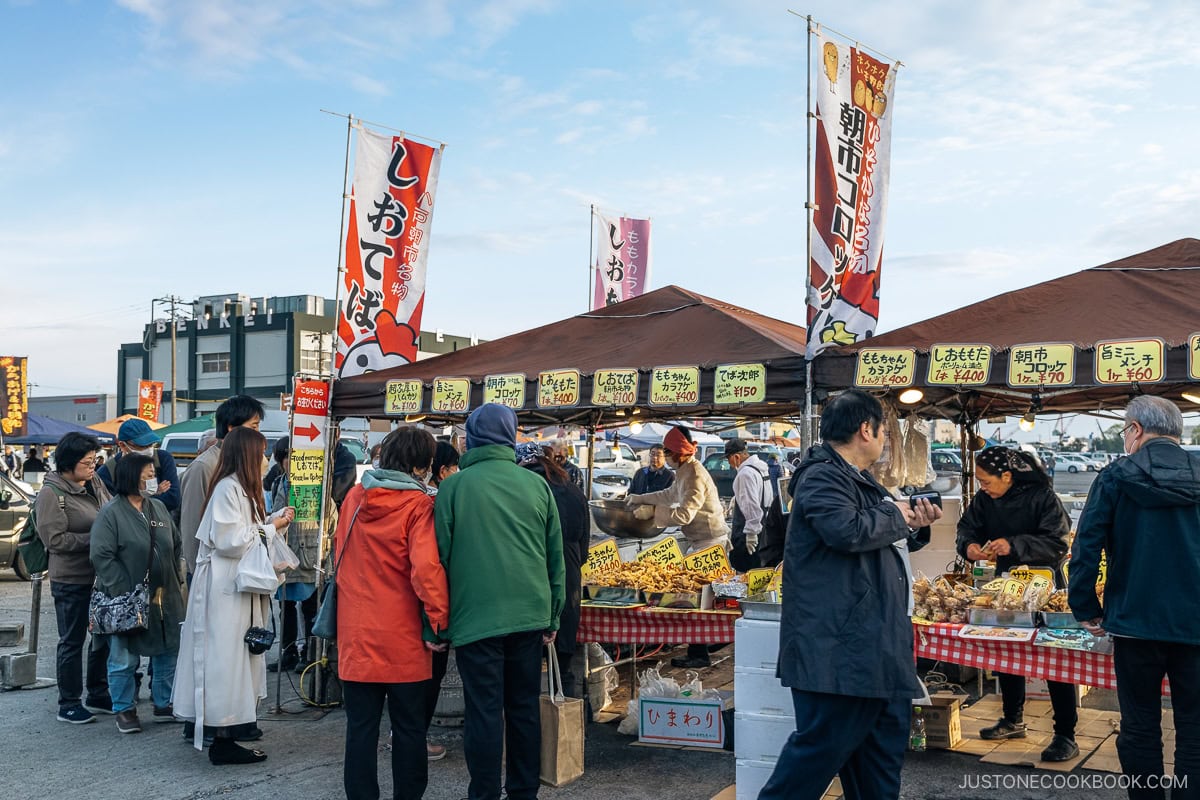

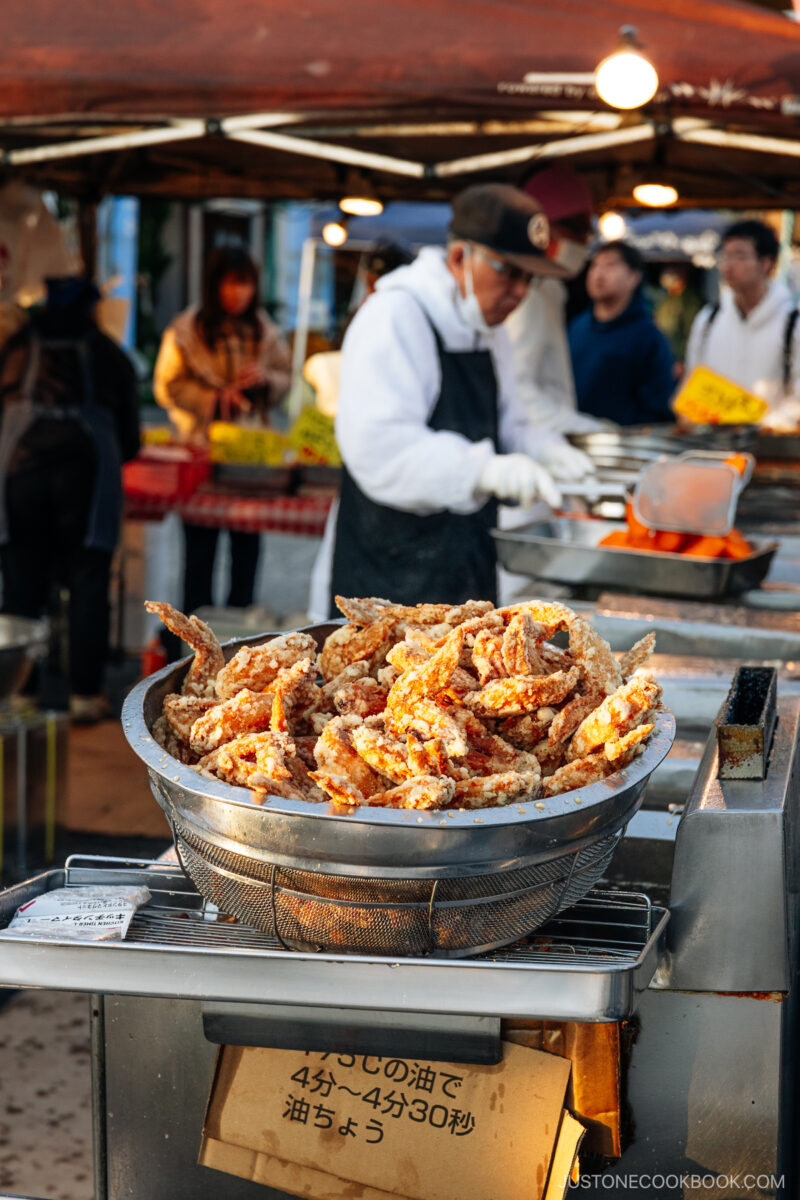

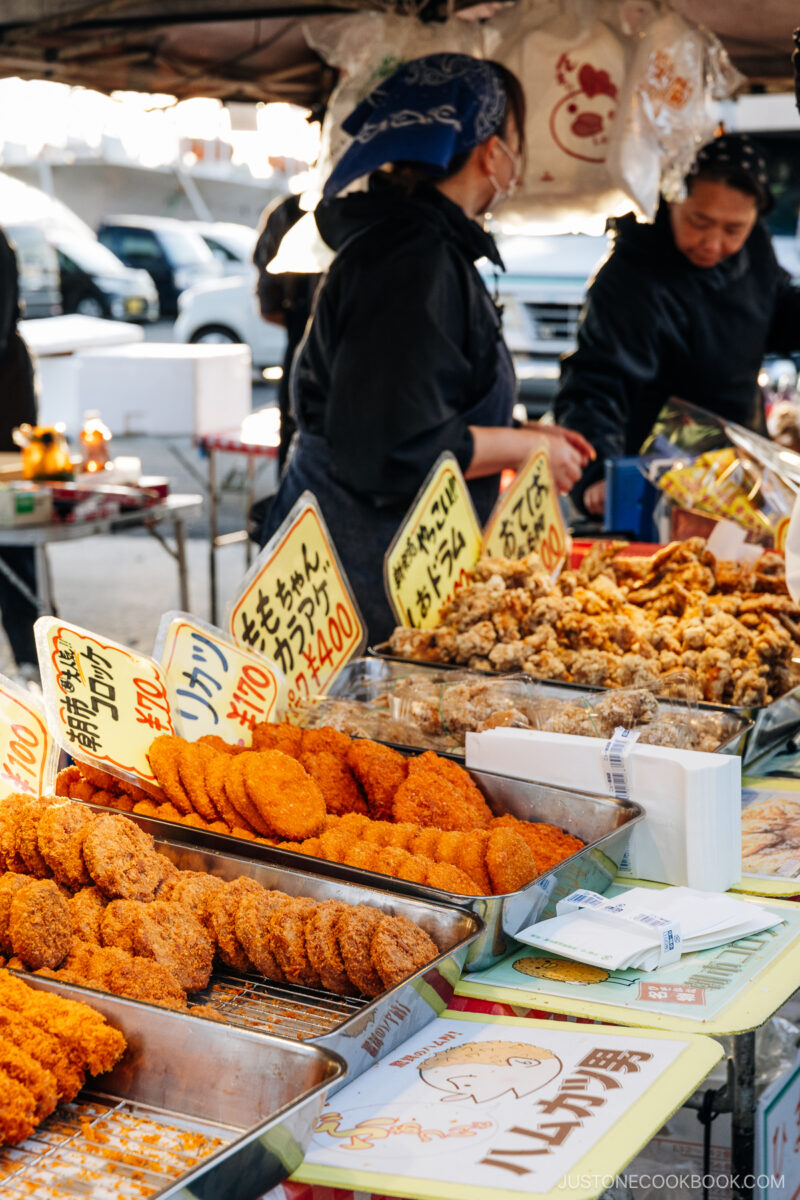

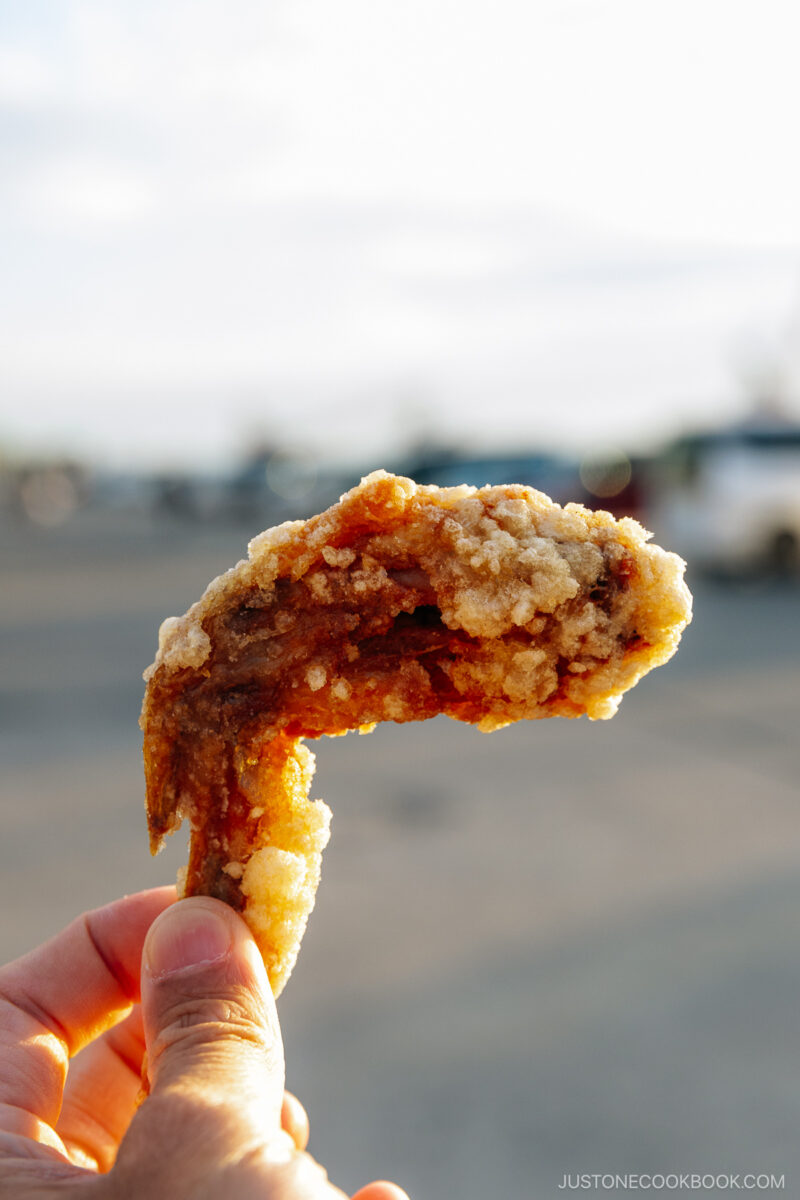

After losing all track of time over some chicken, another one or two dishes were left in me.
Uniform
Another must-try is this stall offering rice balls covered in sea urchins grilled and blow-torched over charcoal. It had a delicious combination of the fresh sea urchin’s natural sweets, ocean saltiness, and smoky char. To pair with one of the most luxurious onigiris I have ever had was a small bowl of scallop soup topped with shiso.
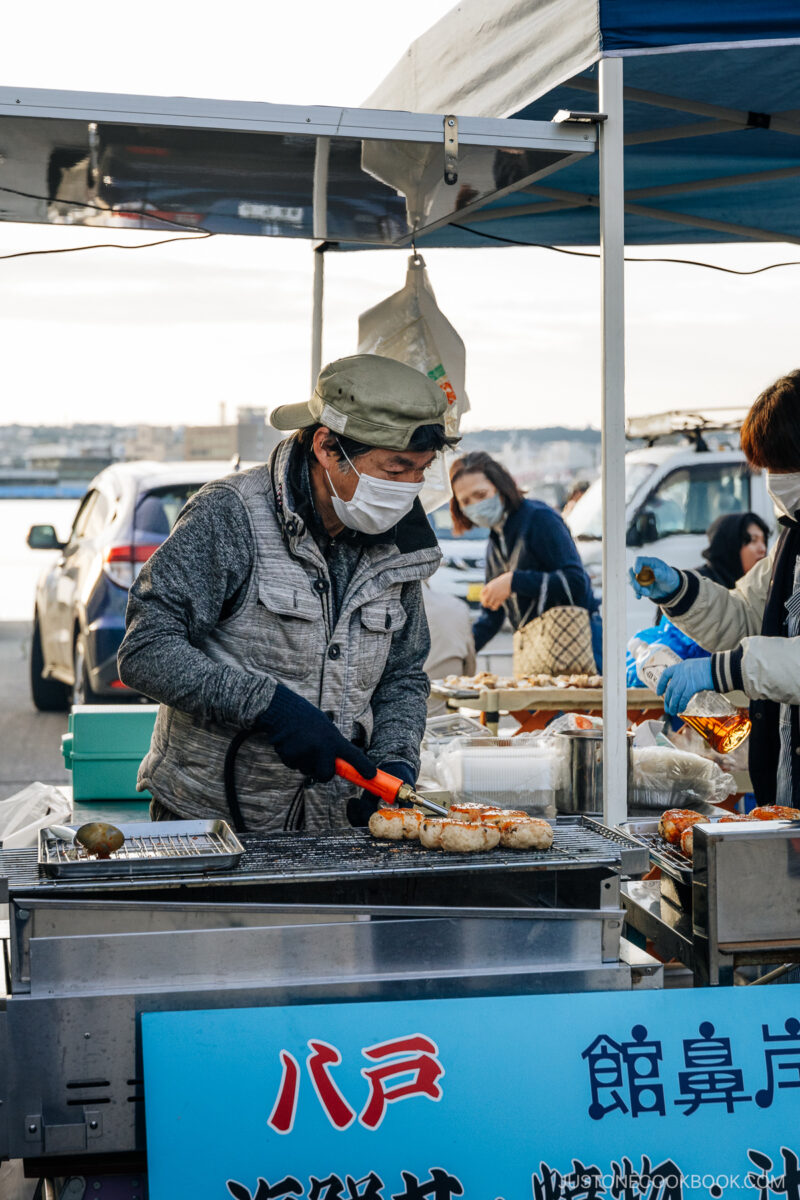

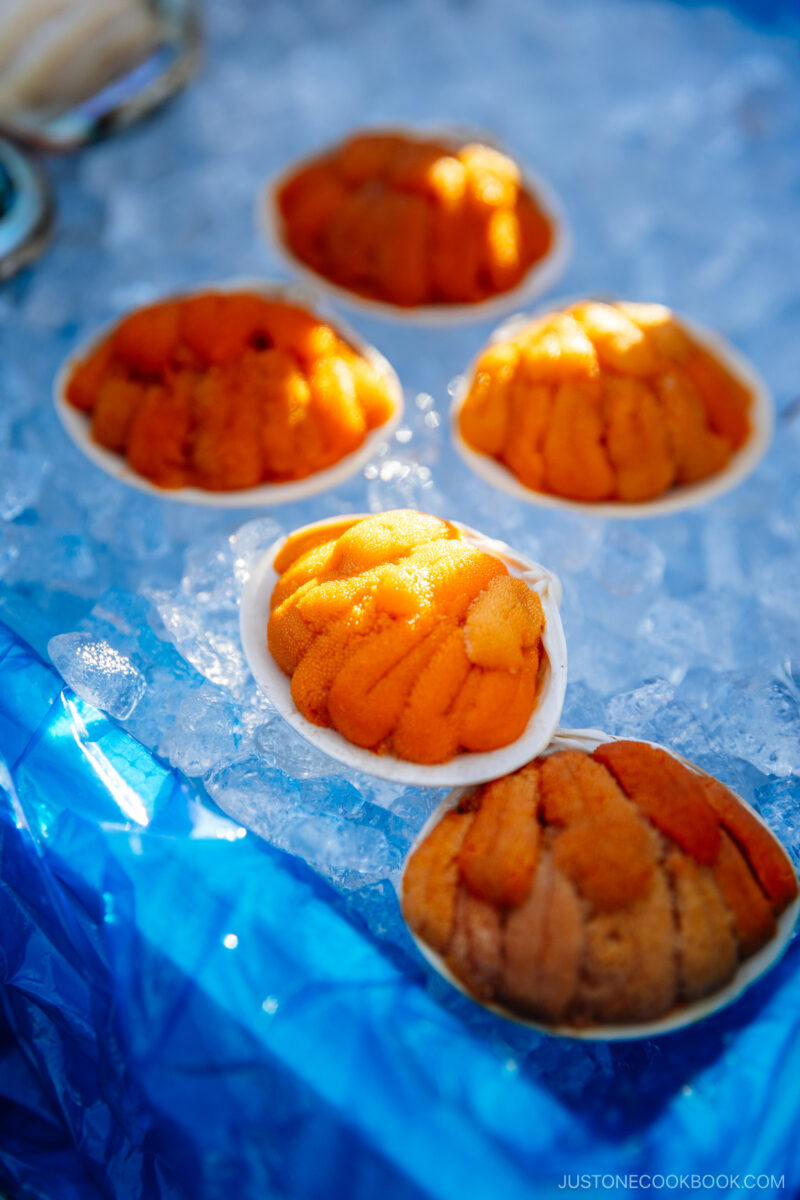

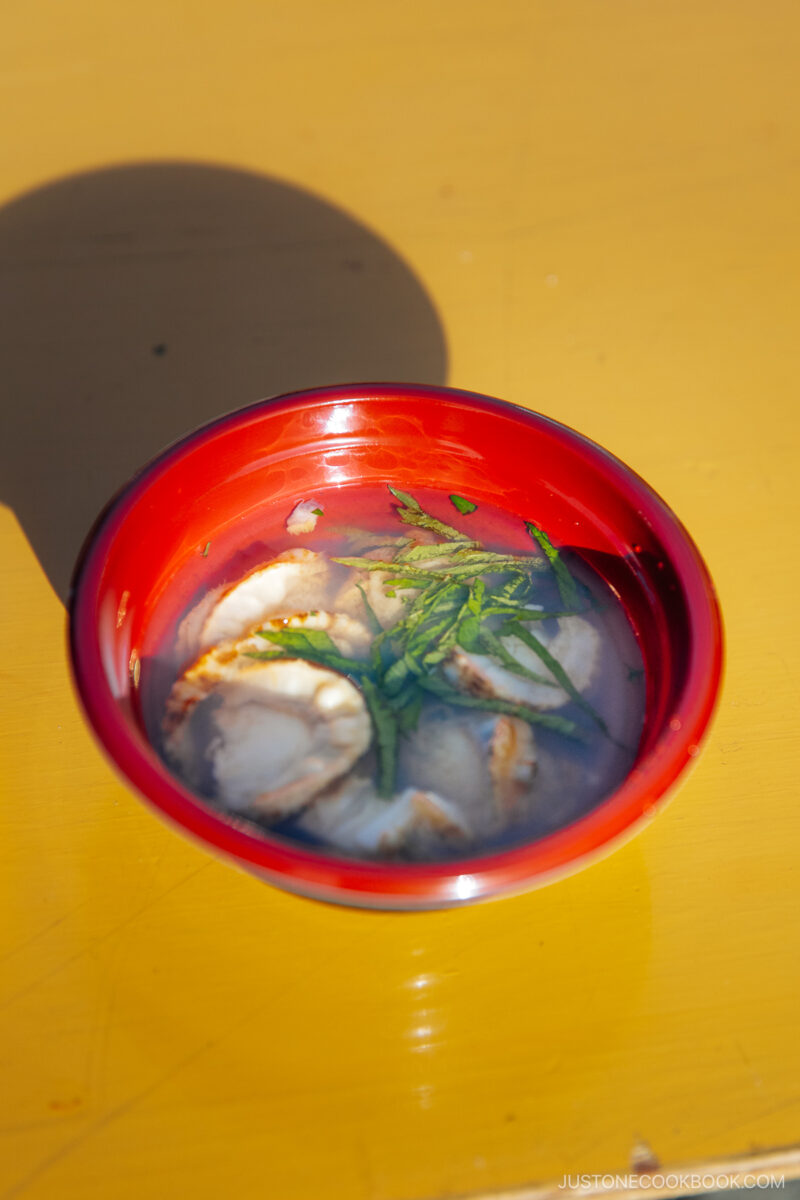



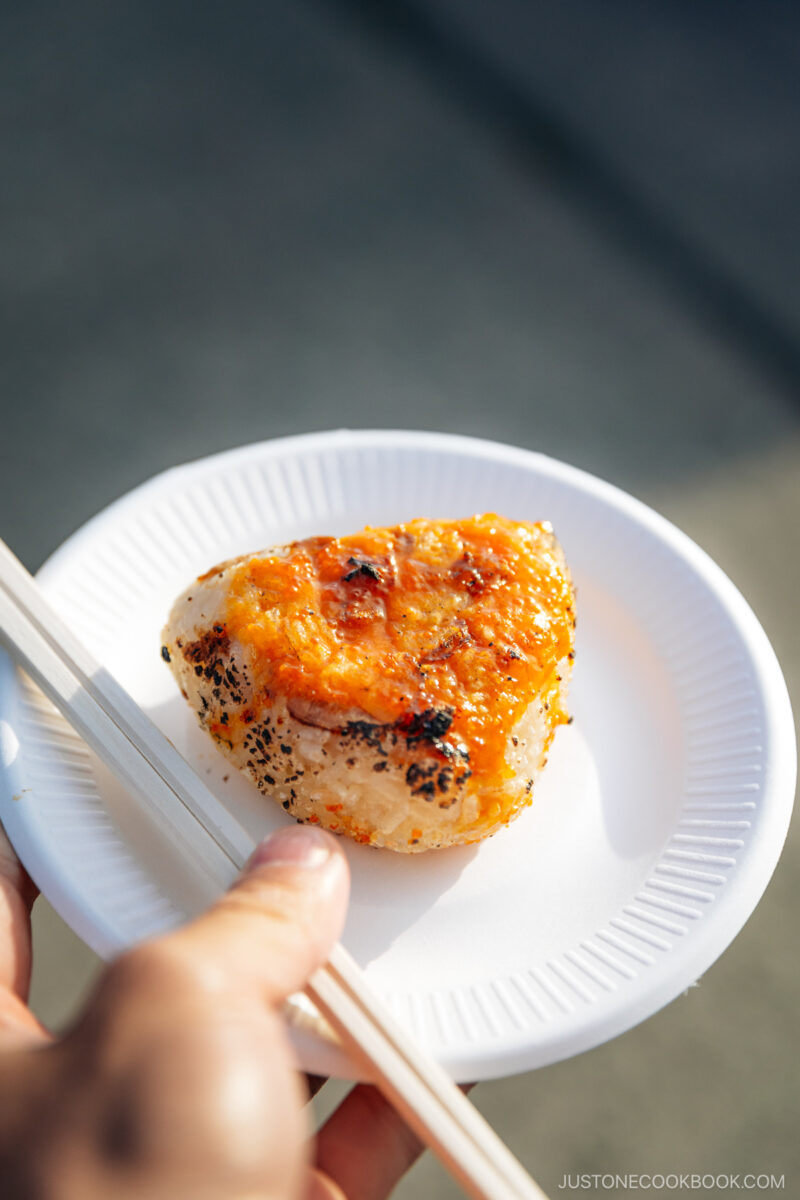

Just before leaving, I had to stop by this taiyaki stall. These gigantic fish-shaped cakes were still piping hot, with a slight crisp on the outside and a soft cake-like texture on the inside. The anko inside had just the right amount of sweetness, making it a great way to end my visit. The best thing was that it only cost 100 yen!
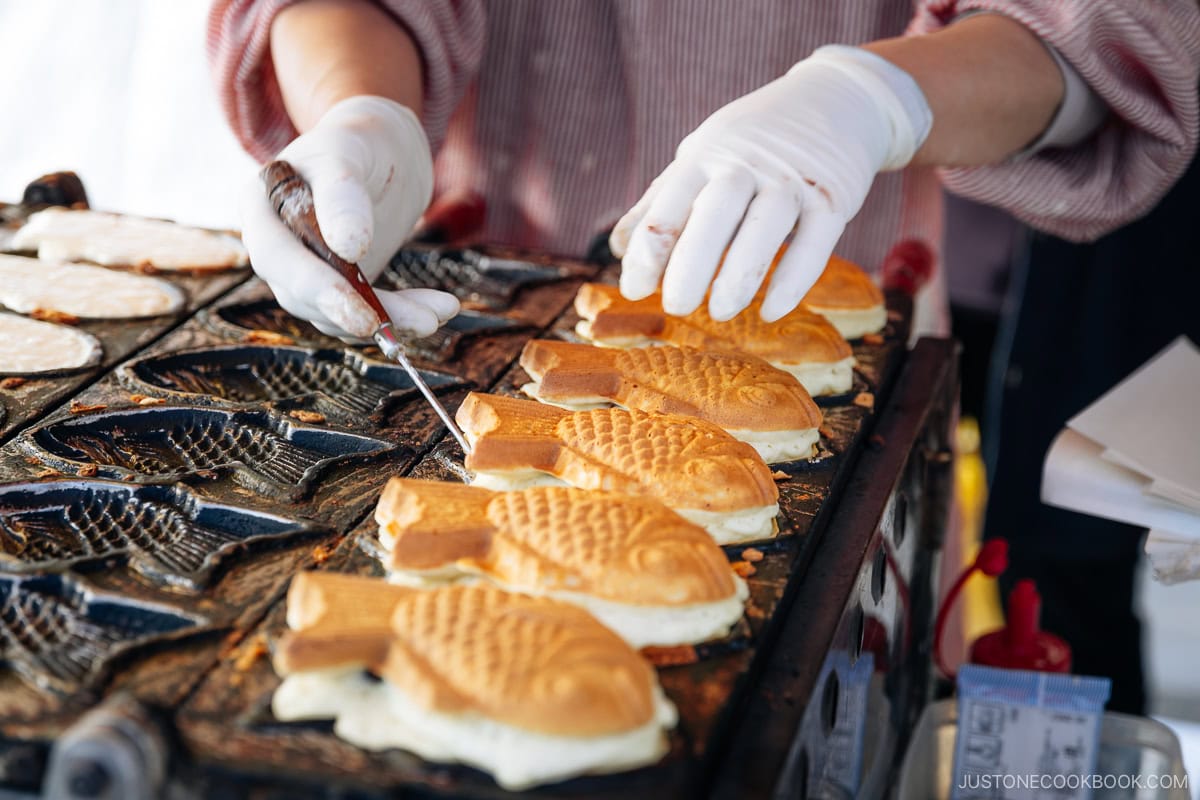

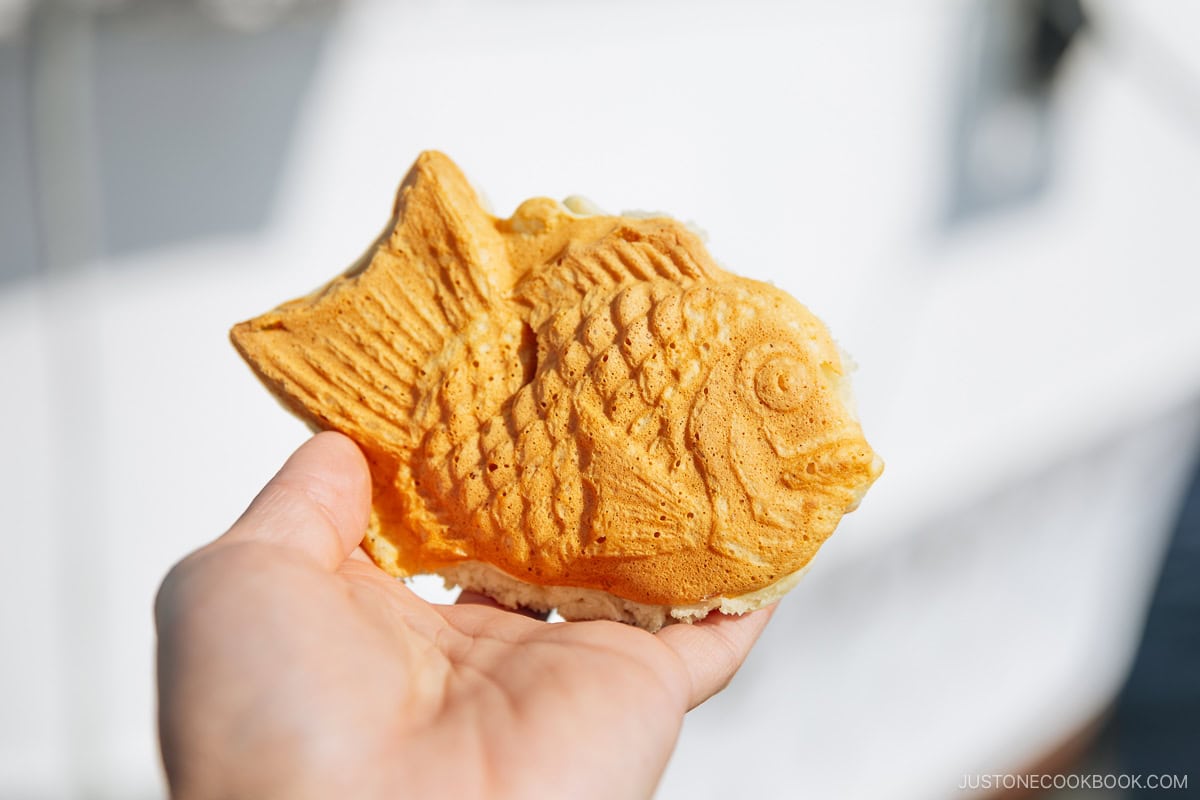

So, after indulging in all of Hachinohe’s market treats and watching the sunrise, it’s time to begin a day of exploring! Actually, maybe it’s time for a nap first.
That’s it for this guide to Hachinohe’s morning market. One of the things I loved most about the market was the atmosphere. The chaotic assortment of stalls with the hisses and spits of grilling dumplings, the chatter between vendors and locals, and everyone’s excitement at trying some delicious food. If you travel to Tohoku, put this at the top of your itinerary!


